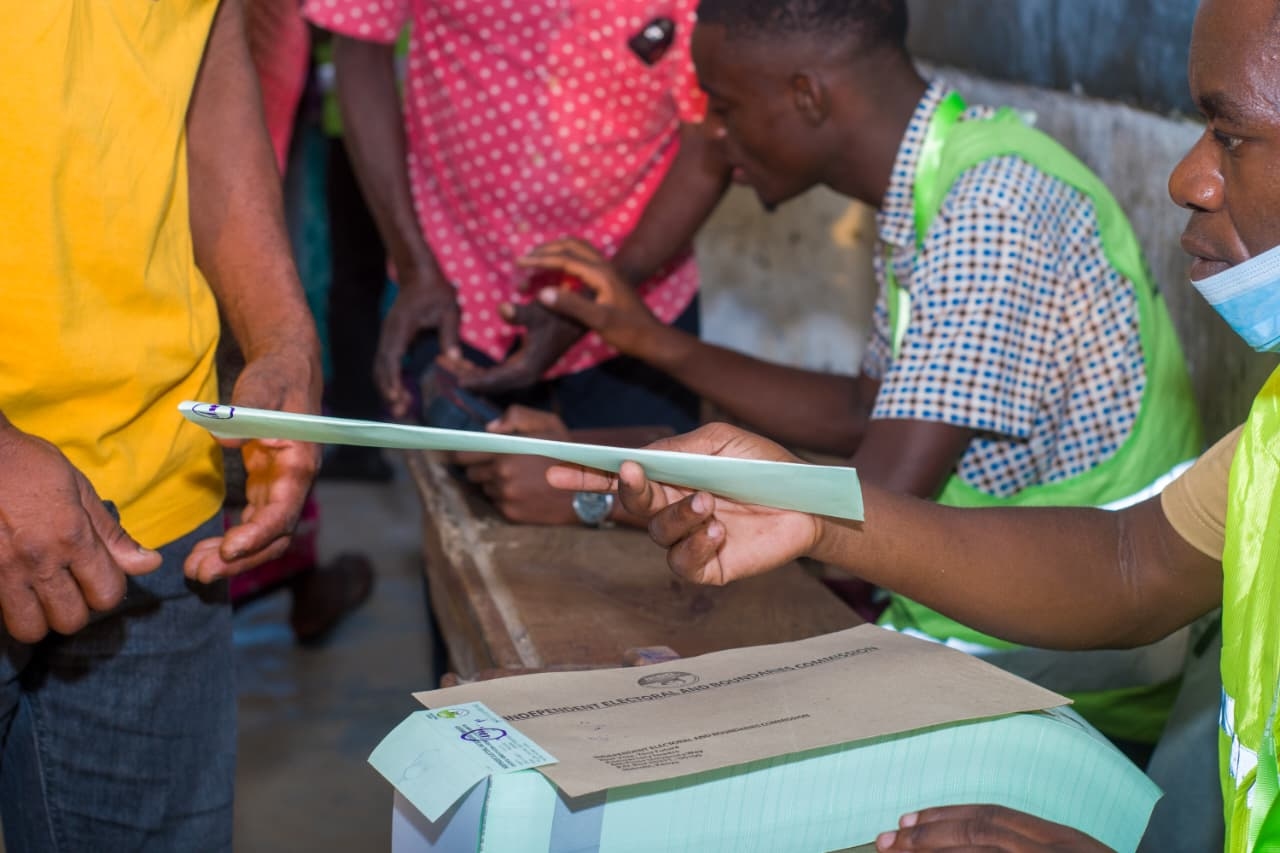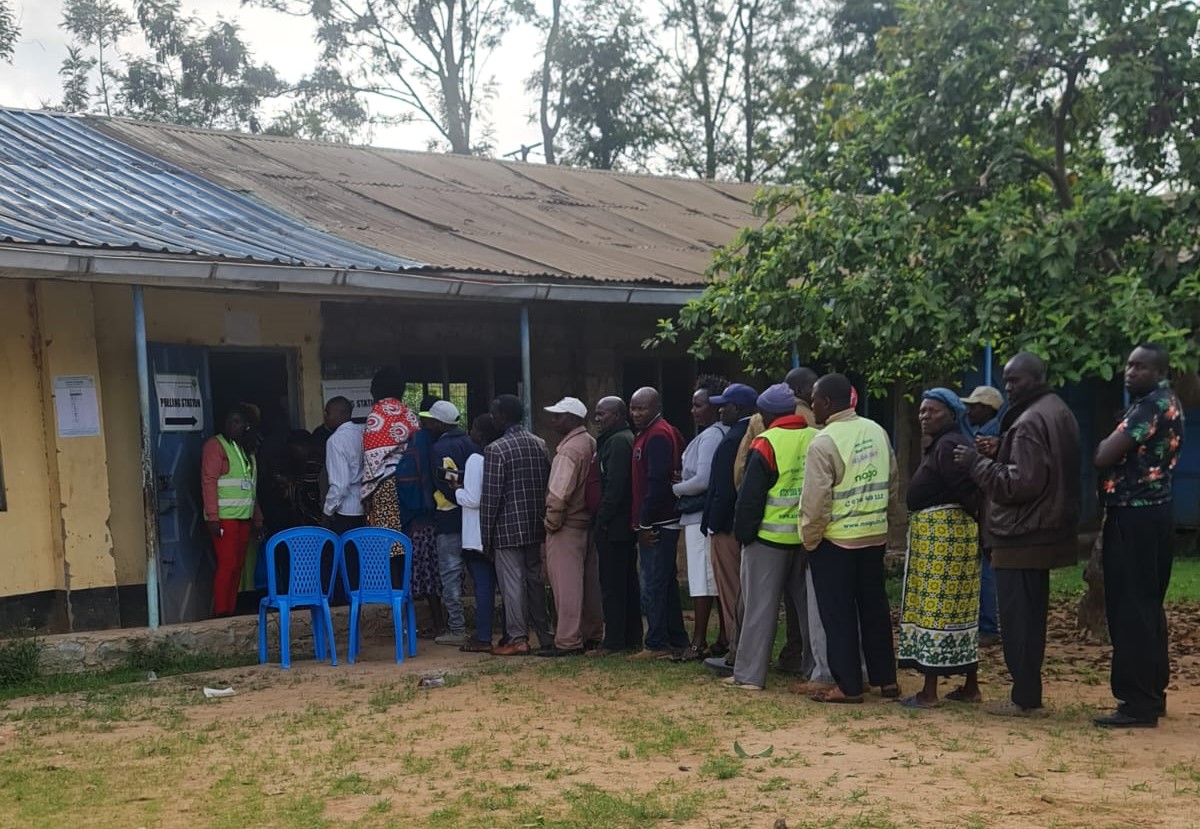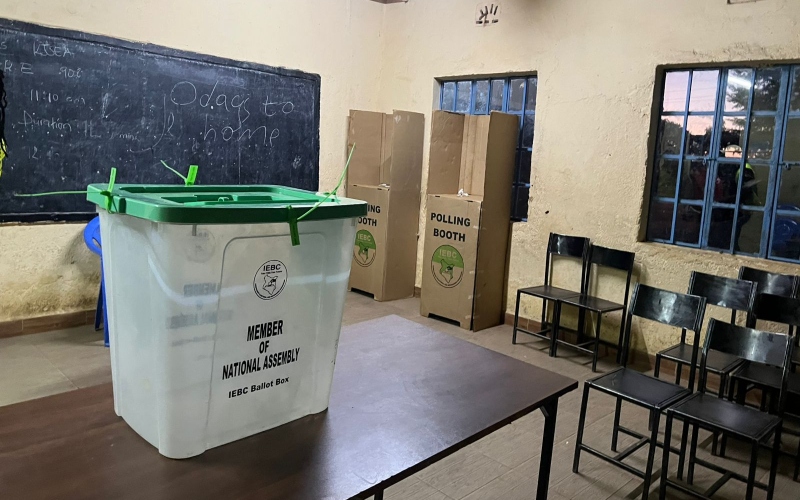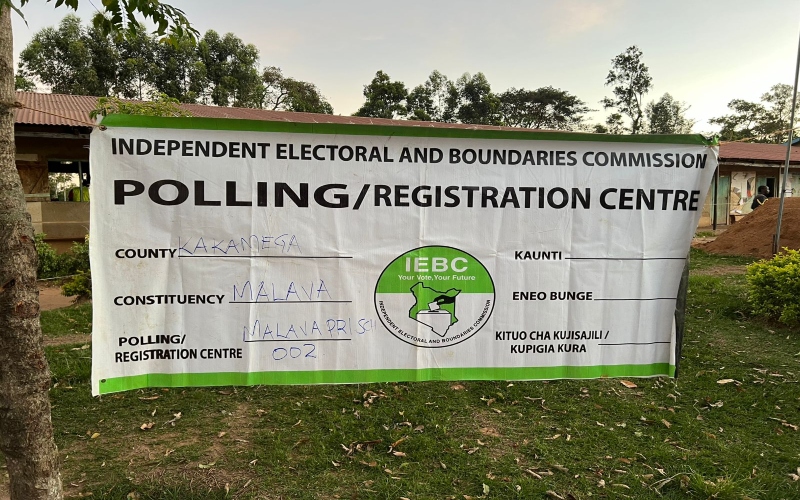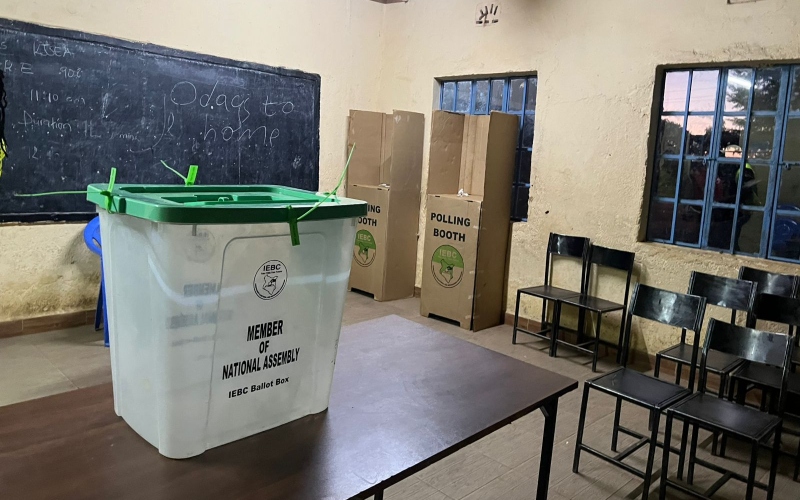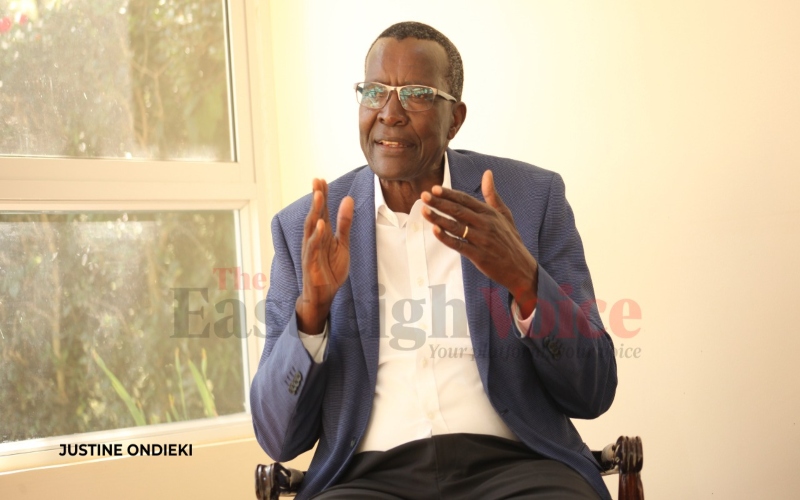Appetite for loans rises as Kenyans grapple with squeezed disposable income

The latest report by Kenya's most funded fintech, M-Kopa, for instance, indicates that the demand for loans has surged.
Derrick Ouma, a trader in his mid-30s, sells second-hand jackets, commonly known as mitumba, in Nairobi’s Kasarani-Mwiki area.
He operates his business along one of the local streets which The Eastleigh Voice visited during a survey to examine the dependence of small businesses on credit.
More To Read
- CBK data shows Sh344 billion decline in mobile money transactions, steepest drop in 18 years
- Kenyans borrowed Sh629.2 billion in six months through Safaricom’s Fuliza service
- Ruto unveils Sh4 trillion development plan to propel Kenya to first-world status
- Construction sector seen as Kenya’s weakest job creator in 2025, CBK survey shows
- Business, emergency needs top reasons for loans in Sub-Saharan Africa, study finds
- Father, son arrested over Sh236,000 Gikomba M-Pesa fraud syndicate
Ouma expressed his disappointment with the current business environment, noting that customers are not coming in big numbers as they used to previously.
For the few who make it to his shop, Ouma says they often push for lower prices, resulting in losses for him on certain occasions, especially when he hasn't made good sales for like a week.
"With such happenings in the line of business that I depend on to feed and school my children, it becomes tough and I have to look for other survival alternatives," Ouma narrated.
"Going for loans has been my best bet so far this year."
His case is not different from Sarah's, a single mother of two running a small shop in Njiru.
She explains that her household needs, including her children's school expenses, often cannot wait for her business to make good returns.
"When expenses arise during slow business periods, I typically resort to taking out a loan and then strategise on how to repay it, knowing I'll likely need to do it again soon," Sarah remarked.
Little disposable income
Their experiences resonate with those of many small-scale traders and ordinary Kenyans who are struggling to make ends meet in an economy that has been experiencing increasing taxation, high unemployment rates and costly commodities in the recent past.
All these are against a stagnated income that has, as a result, squeezed the disposable income for most households.
Recent reports by digital lenders in the country echo the above findings, saying Kenya is witnessing a significant increase in household borrowing, driven by various factors including rising living costs, economic uncertainty, and the desire for consumer goods.
The latest report by Kenya's most funded fintech, M-Kopa, for instance, indicates that the demand for loans has surged, especially this year, with many households seeking financial assistance to manage daily expenses and invest in business, education, healthcare, and home improvement projects.
Speaking during a media roundtable on Thursday, M-Kopa General Manager Martin King’ori said the figures this year compared to last year are even much bigger, with a projection that the number of Kenyans taking up loans will keep rising in the coming years.
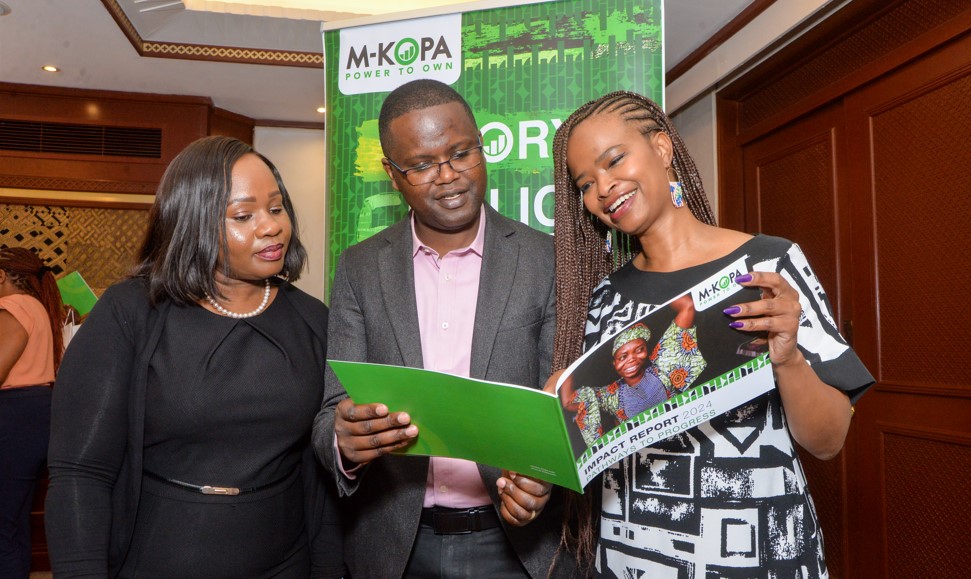 (L-R) M-Kopa’s Senior Tax Manager Tabitha Njeri Munyagia, General Manager Martin King’ori and Director of Communication and External Affairs Reatile Tekateka. (Photo: Handout)
(L-R) M-Kopa’s Senior Tax Manager Tabitha Njeri Munyagia, General Manager Martin King’ori and Director of Communication and External Affairs Reatile Tekateka. (Photo: Handout)
"As Kenyan households continue to navigate economic challenges, the trend of increased borrowing is likely to persist, prompting discussions around sustainable financial practices and the importance of prudent borrowing," King’ori said.
The latest annual figures by the Kenya Bankers Association (KBA) similarly paint a picture of the growing appetite for loans by Kenyans.
Its 2024 state of the banking industry report says the growth in the banking system's gross lending remained entrenched on a double-digit level for the second consecutive year in 2023, significantly higher than the single-digit levels recorded between 2016 and 2021.
"Loans and advances (net) grew by 15.3 per cent in 2023, to close at Sh4.18 trillion from Sh3.63 trillion in 2022," the report reads.
Among the large and medium banks, which jointly accounted for 91.31 per cent of total industry loans in 2023, grew by 17.4 per cent and 13.8 per cent, respectively.
On the other hand, loans and advances by small banks grew by 13.8 per cent over the period.
Nevertheless, the latest data by the information and insights company, TransUnion, also exhibits a similar scope of credit environment in the country.
Mobile phone loans
In its 'Kenya's Q1, 2024 Market report', the data firm says more Kenyans are increasingly getting into the credit space, mostly through mobile phones which remain the most common form of accessing credit in the country.
In the period under review, mobile phones accounted for 52.79 per cent of all active loan accounts with a total balance of Sh158.8 billion in the first three months of the year.
Notably, at least 3.92 million new mobile loan accounts were opened during the period, an 11.02 per cent increase from the previous quarter.
"The evolving regulatory environment has contributed to more people applying for mobile loans, with licensed FinTechs now submitting data to TransUnion," the report reads.
Consequently, with the increasing uptake of loans among Kenyans, lenders including banks and digital lenders are prone to suffer from bad loans which impacts their lending business.
Central Bank of Kenya (CBK's) Bank Supervision Annual report for the year 2023 says the continued geopolitical tensions, spill-over effects of high interest rates in advanced economies leading to a weak shilling, and the adverse impacts of climate change occasioned more borrowing in 2023.
However, due to the bad state of the economy, the lenders suffered an additional Sh148.6 billion in non-performing loans (bad loans), pushing the total to Sh651.8 billion.
Gross non-performing loans for 2022 were Sh503.2 billion.
The non-performing loans were concentrated mainly in the trade, manufacturing, real estate, and personal and household sectors, with the four sectors accounting for 72.9 per cent of total loan defaults.
"This was mainly due to delayed payments from public and private sectors, slow uptake of housing units and a challenging business environment," the report reads.
Top Stories Today

